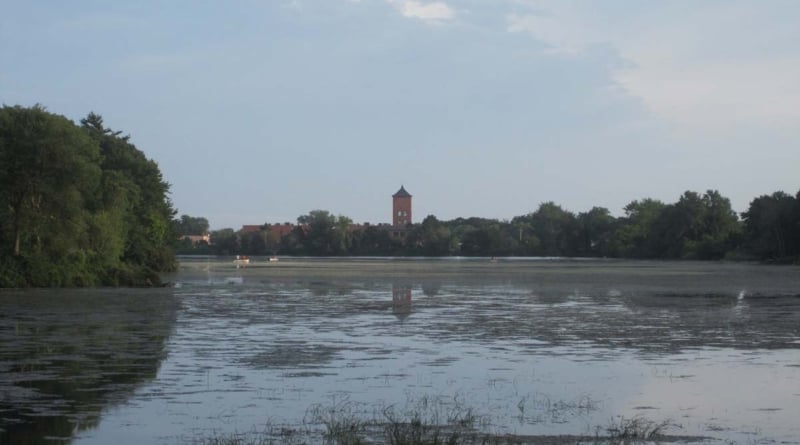DEC awards $237K in grants to restore fish habitats
Two Long Island waterways will get $237,500 from the state Department of Environmental Conservation to conserve and restore valuable habitat for aquatic species and increase flood resiliency.
The projects awarded funding will support planning and engineering for a dam removal, construction of fish ladders, and right-sizing of culverts that impact American eel and river herring. These species play a vital role in the ecosystem and are an important food source for recreational and commercial fish, marine mammals, migratory birds, river otters, and other mammals.
Migratory fish populations have been significantly impacted by coastal development and barriers to tidal waterways such as dams and culverts that restrict access to vital freshwater spawning and nursery habitats, according to a DEC statement.
The DEC will give $150,000 to design a fish passage to advance connectivity in Patchogue River at Great Patchogue Lake in the Village of Patchogue. The Great Patchogue Lake Fish Passage Project will produce a shovel-ready design to pursue future construction funding. Improved connectivity will reconnect tidal habitat to the 40-acre Patchogue Lake and provide river herring and American eel access to additional upstream freshwater habitat, including the 26-acre Canaan Lake where fish passage already exists.
“The Patchogue River represents one of the best opportunities on the South Shore to dramatically expand access to freshwater habitat for diadromous fish and other wildlife,” Enrico Nardone, executive director of the Seatuck Environmental Association, said in the statement. “Completion of this design project will set the stage to reconnect the river at Patchogue Lake, which will produce significant ecological benefits for not only the river, but our entire coastal ecosystem.”
Another project, funded with $87,500 from the DEC, will resize culverts to improve river flow and install a fish passage to allow diadromous fish to move upstream from Terrell River into Kalers Pond in Center Moriches. A nature-based design with resting pools to promote fish migration with native plantings along the banks for erosion control, shade, and habitat will be constructed in a way that allows flood water from extreme weather events to be controlled to flow downriver.
“The Town of Brookhaven is proud of our ongoing efforts to promote diadromous fish migration in town waters,” Brookhaven Supervisor Ed Romaine said in the statement. “Just this year, the town installed a nature-like fish passage on the Swan River allowing river herring to swim upriver for the first time in over 200 years. We thank the DEC for funding this important project to develop shovel-ready plans to install a nature-like fish passage that promotes aquatic connectivity and reduces flooding on the Terrell River.”




